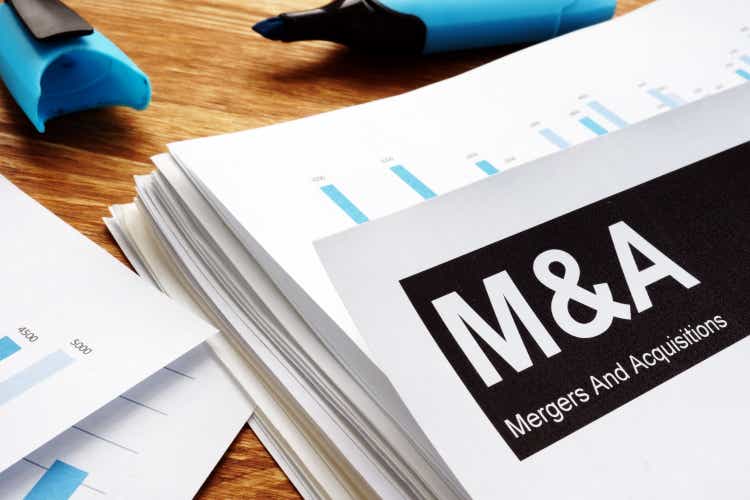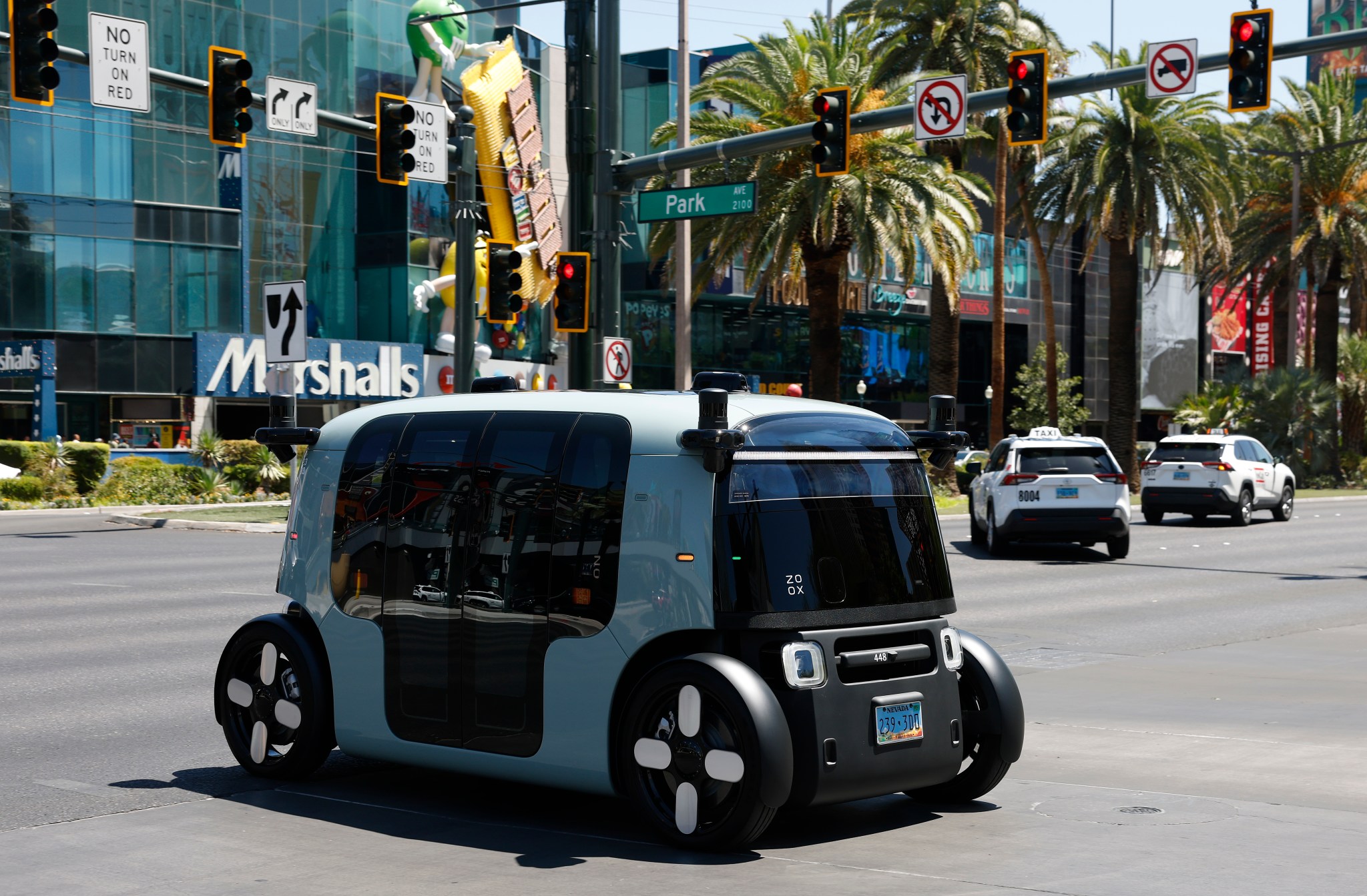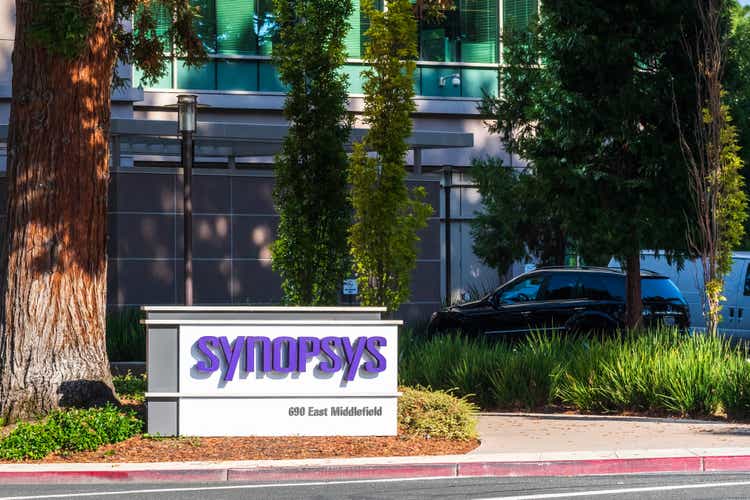- New labor data showing shrinking job opportunities and increased unemployment has perhaps stoked the fears of wealthier Americans more than their lower-income compatriots. The New York Federal Reserve’s August 2025 Survey of Consumer Expectations found Americans earning more than $100,000 more often believe unemployment will rise in the next year compared to those earning less. Increased pessimism may be a result of fears that white-collar jobs are being impacted by the rocky economic and political environment.
As emerging data about the labor market paints a bleak picture about the state of the economy, it is wealthier Americans who are the most concerned about rising unemployment rates.
According to New York Federal Reserve’s August 2025 Survey of Consumer Expectations released on Monday, of 1,300 household heads, those making more than $100,000 per year had the greatest expectations that the U.S. unemployment rate would be higher one year from now. While 35.4% of respondents making under $50,000, and 39.2% of those making between $50,000 to $100,000, believed jobless rates would be higher in a year, that rate rose to 44.2% among respondents making more than $100,000. Wealthier Americans having more pessimism around unemployment has been a trend over the past few years, according to report data, but the gap in this pessimism has grown over the last 12 months.
Moreover, this trend is replicated in demographic data looking at education levels and numeracy, or knowledge around interpreting numbers: Those with greater levels of completed education, such as a bachelor’s degree, as well as those with high numeracy, have greater expectations of growing unemployment over the next year, and the gap between those groups and counterparts with less education and numeracy has widened.
In other words: Rich, educated Americans believe unemployment is going to be a more prevalent issue in the near future.
The latest jobs report already stoked fears about the state of the labor market after new data showed just 22,000 jobs were added in August and unemployment rose to 4.3%, its highest rate in four years. Amid the job market turmoil, Moody’s Analytics chief economist Mark Zandi said “we may already be in” a recession.
While shrinking job vacancies has been impacting nearly every single industry—barring health care and hospitality—V. Joseph Hotz, a research professor in the Harris School of Public Policy at the University of Chicago, sees a clear difference in how different demographics are interpreting today’s economic data.
“The people who are better educated, higher income, etc., have responded to current information—really, the first half of 2025—decidedly more concerned about the future,” Hotz told Fortune. “Looking at the spread and the difference between these groups is suggesting, boy, we’re on very different pages as to what the future holds for the labor market in particular.”
‘White-collar recession’ fears
Part of the surge in concerns among higher-income earners could be due to increased awareness of a “white-collar recession,” or the current economic and political environment impacting jobs typically associated with knowledge work or higher levels of education. One in four U.S. workers who lost their jobs in 2024 were white-collar professionals, according to S&P Global.
“It’s not production workers. It’s not just service-sector workers, but it’s now affecting every sector of the economy,” Hotz said.
Beyond the job market now being flooded with fired government employees and federal workers opting for delayed resignation, the impact of AI on the future of jobs is beginning to creep into economic data. JPMorgan senior U.S. economist Murat Tasci warned in a note to investors last month that knowledge workers are at an increased risk of recession-induced layoffs and jobless recoveries, as white-collar works have gone from making up 30% of the economy in the 1980s to about 45% of total employment today.
But this reaction of concern from wealthier and educated Americans is in part backed by objective data, Hotz said, but the jolt in anxiety reflected in the NY Fed’s data also reflects a subjective reaction to the wave of negative labor-market data.
“After a sort of large change, people tend to saturate their expectations,” he said. “There’s this tendency to be pessimistic.”
The demographic disparity in expectations of unemployment rising in the next year is likely not just a result of actual economic threats, but perceived threats, too.
“This is a mix of real exposure to risk that their future isn’t nearly as bright, and possibly this exaggerated reaction to this new information,” Hotz said.
This story was originally featured on Fortune.com

 3 hours ago
1
3 hours ago
1












 English (US) ·
English (US) ·